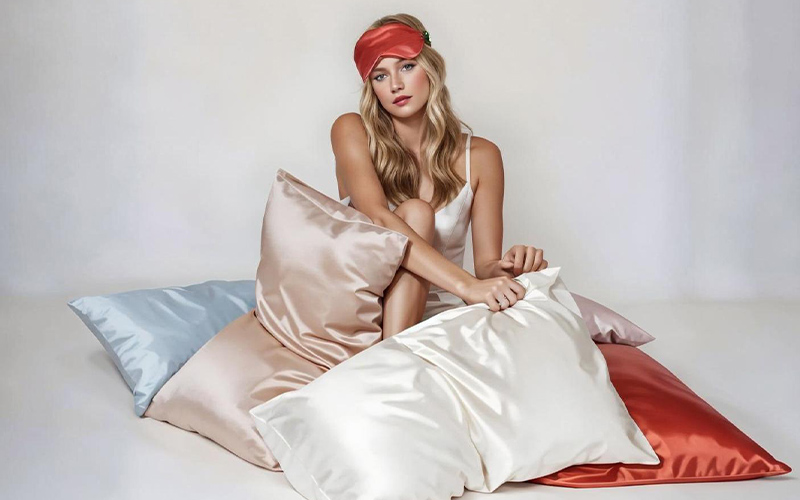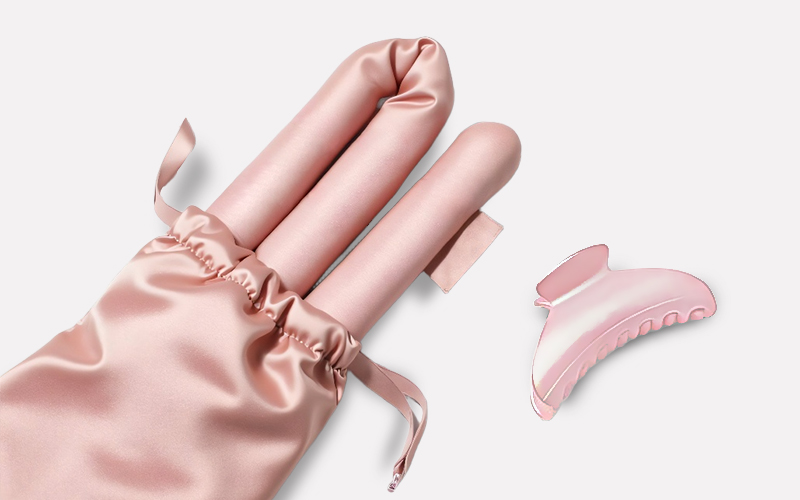Custom pillowcases are a great way to add a personal touch to your bedding, whether for home decor, gifts, or even starting a small business. Designing and making custom pillowcases allows you to choose your preferred fabric, colors, and patterns to match your style. In this SEO-friendly guide, we will walk you through everything you need to know about making custom pillowcases, from choosing the right materials to finalizing your design.
Table of Contents
Why Make Custom Pillow Cases?
Before diving into the process, let’s explore why custom pillowcases are a great choice:
- Personalization: Express your creativity by designing pillowcases with unique patterns, prints, or embroidery.
- Perfect Fit: Custom pillowcases ensure a snug fit for your specific pillow size.
- Gift Idea: Handmade pillowcases make thoughtful and personalized gifts.
- Business Opportunity: If you love crafting, selling custom pillowcases can be a profitable business.
- Eco-Friendly Choice: Using sustainable fabrics and DIY techniques reduces waste.
Materials Needed for Custom Pillow Cases
Before starting, gather the necessary materials:
Fabric Choices
The fabric you choose determines the comfort and durability of your pillowcase. Some popular options include:
- Cotton: Soft, breathable, and widely available.
- Linen: Durable and luxurious, ideal for elegant designs.
- Silk: Provides a smooth, cooling effect, great for skin and hair.
- Polyester: Budget-friendly and durable, but less breathable.
- Flannel: Warm and cozy, perfect for colder climates.
Other Supplies
- Thread: Match the color with your fabric.
- Sewing Machine or Needle: A machine speeds up the process, but hand-sewing is an option.
- Scissors or Rotary Cutter: For precise fabric cutting.
- Measuring Tape: Ensures accurate dimensions.
- Pins or Fabric Clips: Helps hold fabric in place.
- Iron: Removes wrinkles and helps with crisp seams.
- Decorative Elements: Fabric paint, embroidery thread, or appliques for customization.
Choosing the Right Pillowcase Style
There are different styles of pillowcases, and the one you choose depends on your preference and the look you want.
Standard Pillowcase
- A simple rectangular case with an open end.
- Easy to make and requires minimal sewing.
Envelope Pillowcase
- Features a flap inside to keep the pillow securely in place.
- Great for preventing pillow slippage.
Zippered Pillowcase
- Includes a zipper closure for a polished look.
- Offers full pillow protection.
Decorative Pillowcase
- Includes embellishments like ruffles, buttons, or embroidery.
- Ideal for decorative pillows on sofas or beds.
Step-by-Step Guide to Making Custom Pillow Cases
Step 1: Measure and Cut the Fabric
- Measure your pillow (length × width).
- Add seam allowances (usually ½ inch on each side).
- For an envelope pillowcase, add an extra 5-6 inches for the flap.
- Cut the fabric according to your measurements.
Step 2: Prepare the Fabric
- Iron the fabric to remove wrinkles.
- Fold and press the edges to prevent fraying.
Step 3: Sew the Edges
For a standard pillowcase:
- Fold the fabric in half with the right sides facing each other.
- Sew along the two long edges and one short edge.
- Turn inside out and press.
For an envelope pillowcase:
- Fold the extra flap fabric and hem the edge.
- Fold the fabric into an envelope shape.
- Sew the sides, leaving the flap open.
For a zippered pillowcase:
- Attach the zipper to one short side.
- Sew the remaining three edges.
- Turn inside out and press.
Decorating Your Custom Pillowcase
Once your pillowcase is sewn, you can add creative touches:
- Embroidery: Stitch initials, names, or patterns.
- Fabric Paint: Use stencils for unique designs.
- Appliques & Patches: Add fabric cutouts for a decorative effect.
- Lace or Ruffles: Sew along the edges for a vintage look.
Washing and Caring for Your Custom Pillowcase
To keep your pillowcase in great condition:
- Read Fabric Care Instructions: Some materials, like silk, require gentle washing.
- Wash in Cold Water: Prevents shrinking and fading.
- Use Mild Detergent: Harsh chemicals can damage fabric.
- Air Dry: Helps maintain fabric quality.
- Iron on Low Heat: Keeps the pillowcase looking fresh.
Selling Custom Pillowcases as a Business
If you enjoy making pillowcases, you can turn your hobby into a business. Here’s how:
Market Research
- Identify your target audience.
- Research trends in custom bedding and home decor.
Set Up an Online Store
- Use platforms like Etsy, Shopify, or Amazon Handmade.
- Showcase high-quality images and detailed descriptions.
Pricing Your Products
- Calculate material costs, labor, and profit margin.
- Offer discounts for bulk orders.
Promote Your Business
- Use social media platforms like Instagram and Pinterest.
- Collaborate with influencers in the home decor niche.
- Offer personalized services to attract customers.
Conclusion
Making custom pillowcases is a rewarding DIY project that allows you to express creativity while enhancing home decor. Whether for personal use, gifting, or selling, the process is simple with the right materials and techniques. By following this guide, you can create beautiful, high-quality pillowcases tailored to your style and needs.
Now that you know how to make custom pillowcases, why not start your next DIY project today? Happy crafting!
Request An Instant Quote For Your Brand!
You May Also Find These Topics Interesting

How to Iron a Silk Dress Properly Without Damaging the Fabric
How to Iron a Silk Dress Prope

How Long Does a Silk Pillowcase Last? The Complete Guide
How Long Does a Silk Pillowcas

Silk Heatless Hair Curler FAQs: How to Get Perfect Curls
Silk Heatless Hair Curler FAQs
